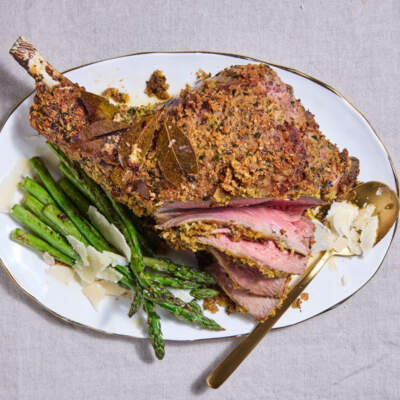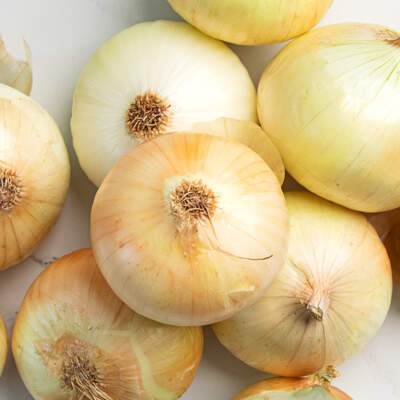Poach an egg
There is nothing that strikes more fear into the heart of any seasoned chef than cooking the perfect egg. If you want to send him (or her) crying home to mommy; ask for your egg to be poached.
Poaching eggs is one of the first technical skills student chefs learn, and with good reason. There are only a few simply steps to poaching an egg, aren’t there? Yes, but forget one of these steps and you’ll end up with a pot full of white eggy mess.
Do you have the secret to poaching eggs? Share your wisdom here.
Ready to get poaching? Discover all the egg recipes you could ever need here.
Method
Only fresh will do. Older eggs do not hold their shape when poached. Those stringy, white strands that float to the surface of the water are a clear sign that the eggs you’re using are probably not that fresh.
A teaspoon of vinegar helps the egg white coagulate and prevents those little white strands from forming on the egg.
Simmer, don’t boil. Eggs start cooking at 62°C, so bring the water to a gentle simmer instead of a boil and gently crack the egg into the water to help it keep its shape.
Use a shallow cup. Cracking the egg into a cup instead of directly into the water allows you to drop the egg into the water more gently and in a more controlled manner, reducing the chances of the yolk breaking.
The vortex. Using a whisk to create a vortex in the simmering water before dropping in the egg results in a rounder poached egg.
Don’t poke. Allow the egg to simmer gently before using a slotted spoon to move it around in the water. Touch it any sooner and you could break the yolk or lose the shape.








Comments